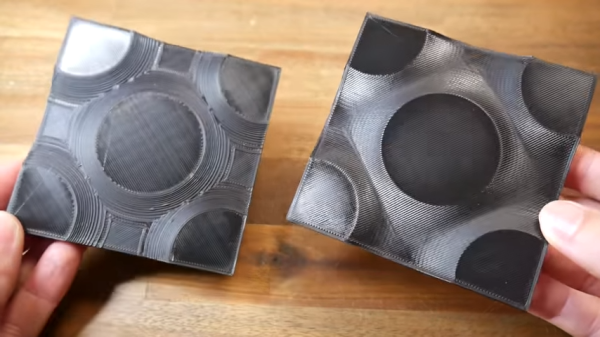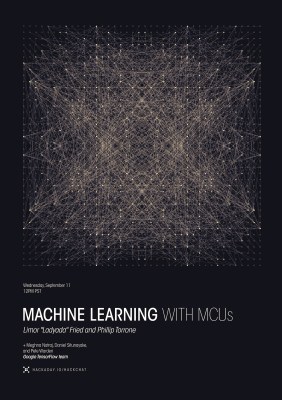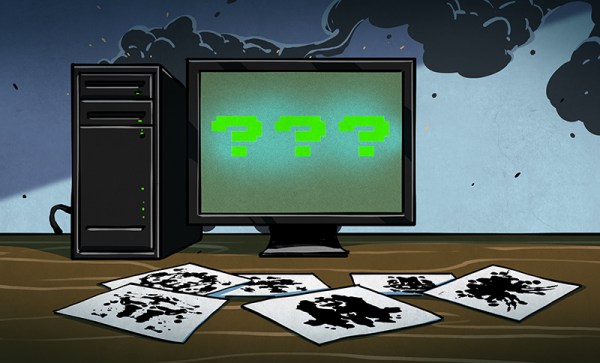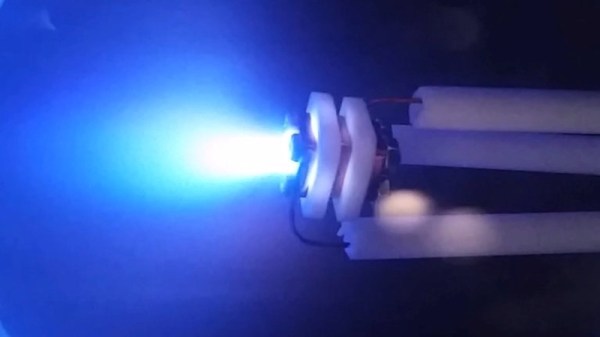If there is one thing that most Hackaday readers will know about Denmark, it is that it’s the home of the Lego brick. The toy first appeared at the end of the 1940s from the factory of Ole Kirk Christiansen‘s Lego company in Billund, central Denmark, and has remained inseparable from both the town and the country ever since.
When spending a week in Denmark for the BornHack hacker camp it made absolute sense to take a day out to drive up to Billund and visit the famous Legoland theme park. All those childhood dreams of seeing the fabled attraction would be satisfied, making the visit a day to remember.

The Danes at Bornhack however had other ideas. By all means go to Legoland they said, but also take in Lego House. As a Brit I’d never heard of it, so was quickly educated. It seems that while Legoland is a kid’s theme park, Lego House is a far more Lego-brick-focused experience, and in the view of the Danish hackers, much better.
Continue reading “Lego House: Right Next To Denmark’s Legoland, But Way Cooler”





















